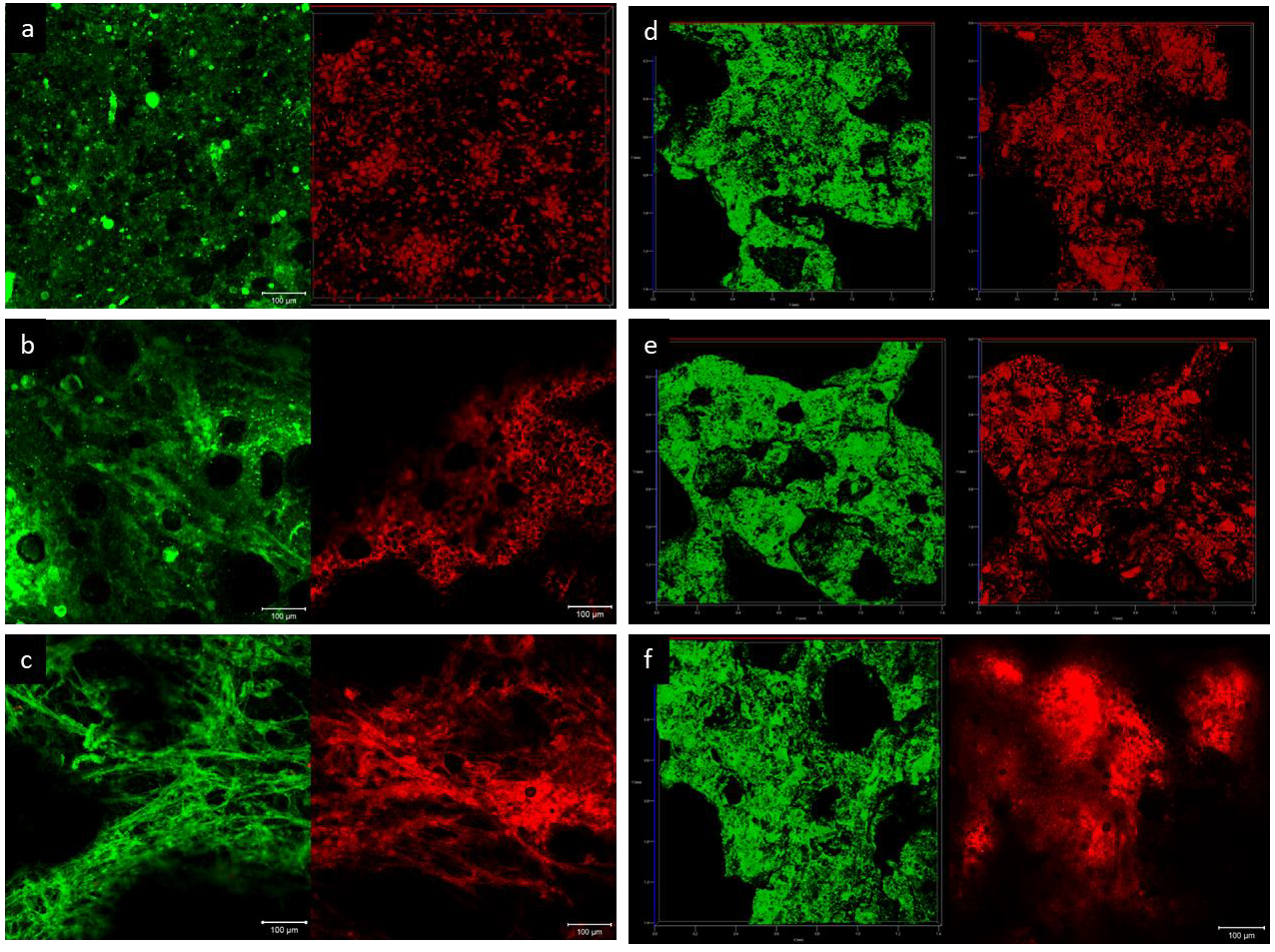 |
|
Physicochemical, rheological, structural and sensory parameters of the gluten-free English bread added with pregelatinized red potato flour (RPF) (Oxalis tuberosa) were studied. Five treatments were performed with 0, 6.6%, 13.2%, 19.8% and 26.4% of RPF. In a first stage the texture, physical parameters, and crumb structure were evaluated. According to the results, the best treatments were selected (6.6%, 13.2% of RPF) where they improved the texture of the product without compromising the physical characteristics. In the second stage, the selected treatments were subjected to microstructure analysis (environmental scanning electron microscopy and confocal laser scanning microscopy), nutritional analysis, measurement of the glycemic index (in vivo assay), determination of fatty acids and sensory evaluation of the breads. The results show that the addition of RPF in gluten-free English bread increases the extensibility of the dough, decreases the hardness, increases the volume, gives a more uniform crumb without fractures. In the nutritional aspect, the content of protein and ash increased, the content of saturated fatty acids decreased and the glycemic index of the product decreased with significant differences compared to the control (p<0.05). In addition, the treatment with 13.2% of RPF obtained a higher preference in the sensory evaluation. The incorporation of RPF is a good option to elaborate a gluten-free English bread with a higher nutritional and structural quality and with a better acceptance in the sensory evaluation.
Keywords: Gluten-free, red potato, microstructure, nutrition, sensory evaluation.
|
|
 |

